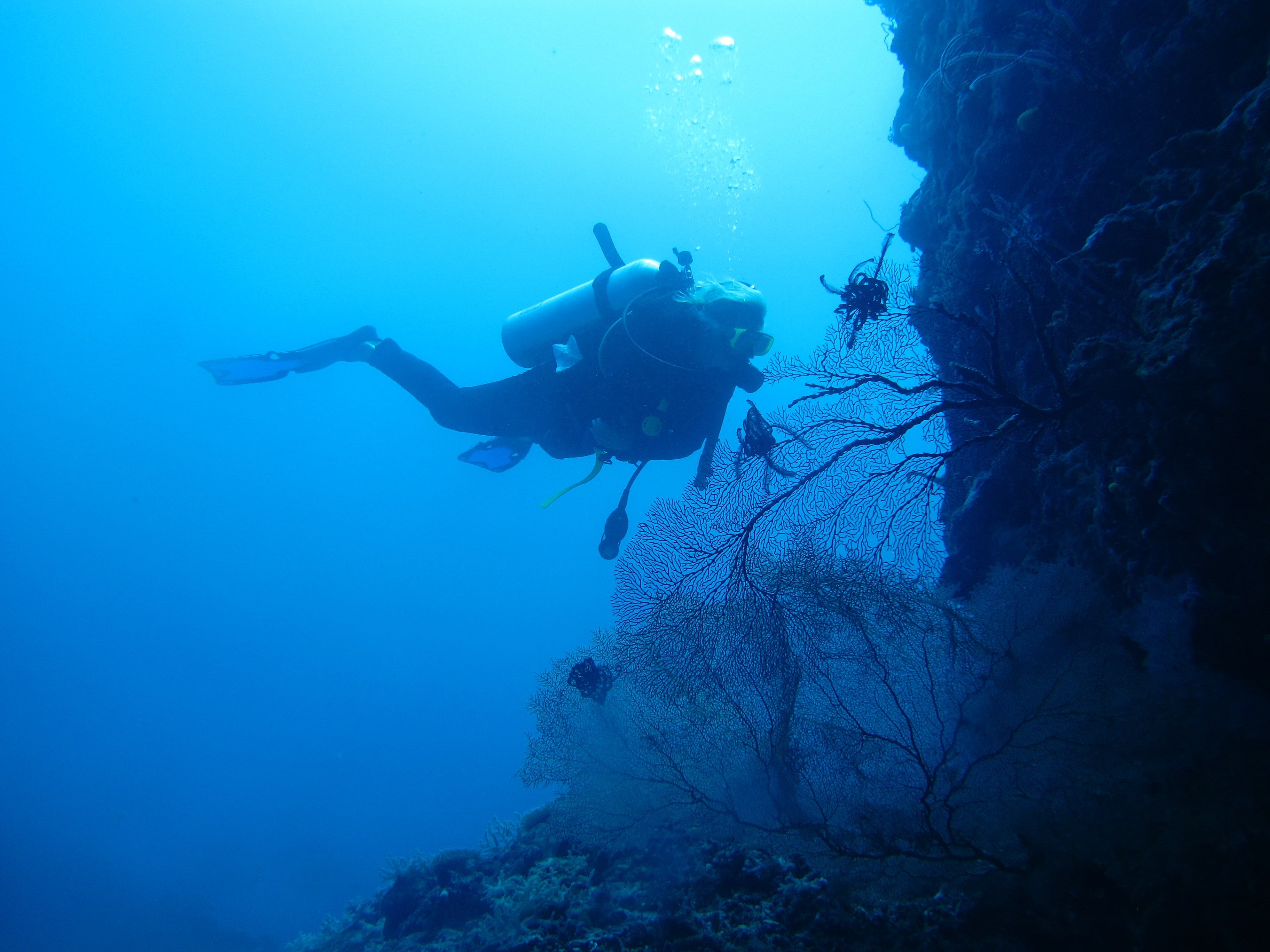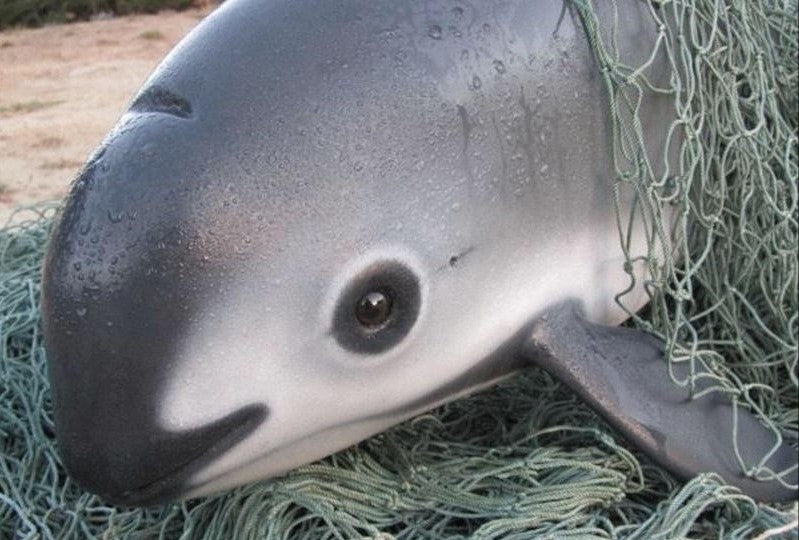
EQUALIZATION ISSUES IN SCUBA DIVING: ONE SIMPLE TRICK TO KEEP IN YOUR {BCD} BACK POCKET
*Disclaimer: This article is not intended to replace advice from a medical professional.
If you’re a scuba diver, chances are you or someone you know, have likely encountered an equalization issue whilst diving at one point or another.
In short, equalization in diving is an attempt at balancing external pressure changes with that of your body’s internal air spaces when submerged. This pressure equalization is done by allowing air into your middle ears & sinuses by way of the Eustachian tubes. For some divers this equilibrium occurs naturally upon descent, while others may have success practicing a common ear clearing technique, such as the Valsalva maneuver (blowing out gently against a pinched nose - effectively filling out those air spaces).
For the sake of brevity (& the fact I am not a physician), I am choosing to omit an extensive physiological overview, however I have listed several informative links at the end of this article which extensively explain the interconnectedness of pressure changes on the body & various techniques to experiment with if you’re encountering issues. What works for one diver, may not work for another – so I’d encourage you to do your research & find a method that’s suitable for you.

Human Ear Illustration courtesy of Sport Diver: http://bit.ly/1hUCvQ2
With that being said, this is a recap of my own personal journey in finding an equalizing technique that works best with my body.
Back when I was working up towards earning my Divemaster certification, I often ran into equalization issues. Some days I cleared my ears just fine, other days I had to either abort my dive or stay up much higher in the water column than the rest of my group.
Over time, I tried several techniques suggested to me; eat chewy foods pre-dive to loosen everything up, avoid dairy, targeted massage, equalize early & often, descend feet first, wiggle & jut your lower jaw forward, swallow, yawn, etc. etc. For some divers one of these common methods may be all they need & they naturally adapt with practice over time. For me on the other hand, it was often hit or miss, which became extremely anxiety-inducing, knowing I might not be able to do my job by no fault of my own.
And that’s why I write this article. For the seasoned scuba divers out there, who like me, have repeatedly tried everything & over time still haven’t identified a tried & true equalization method that effectively works for them. I can empathize with how frustrating this can be. I’ve been there, completely fed-up.

Months into my constant, multiple dive-a-day tenure, I still couldn’t consistently master the art of equalization. Once I hit a depth in which I felt my ears begin to squeeze & the accompanying discomfort wouldn’t allow me to descend any further, I went up a few feet to level off where I felt comfortable. I tried to equalize again via the Valsalva maneuver & slowly attempted another descent – no go.
Then one day, a marine biologist who just happened to be on a dive with me, took notice of my issues & brought me aside as she began to act out underwater hand signals on what I could do.
I returned back to a comfortable depth & while mimicking her motions, I started the initial act of doing an intentional mask flood & clear (but stopped short of the clear, just holding my mask open at the bottom so it remained completely flooded with water).
While tilting my mask open, I reached underneath & placed one finger over my left nostril & gently blew out my right nostril. And then vice versa, one finger blocking my right nostril, while gently blowing out my left. I immediately felt a “pop”, “pop” sensation as any blockages were cleared & the pressure in each ear equalized with ease. I then proceeded to do a final clear of my now flooded mask, comfortably descended, & went about my dive.
That was it. So simple! Yet for a diver plagued with lingering ear & sinus setbacks, this was nothing short of a miracle. I was amazed. All along, the key to my chronic equalization problems was literally blowing my nose underwater at depth sans mask! (Hey, between the spit, snot, & peeing in your wetsuit we all know this sport isn’t exactly glamorous 😉) The marine biologist later explained to me that she had consulted with an ENT regarding sinus issues & that this was the only process that had ever consistently worked for her. (I have also since seen both an ENT doctor & TMJ specialist, & was given a similar diagnosis; perhaps more on that later).
While simplistic in nature, I have personally found this new technique to be extremely effective for me in my diving career, yet as far as I know, is not widely used or even well-known. In any case, I wanted to share my story & pass along this newfound wisdom should it potentially be helpful to one of you someday. I am now able to scuba dive freely without any pent-up “what if I can’t descend?!” worry, knowing that I have this easy trick in my {BCD} back pocket should I ever need it.
Tell me, have you encountered equalization issues before? What works best for you?

Be sure to check out these other great articles for more information!
https://dan.org/education-events/events/pressure-change-and-barotrauma/
https://dan.org/health-medicine/health-resource/smart-guides/beat-the-squeeze-equalize-like-a-pro/
https://pros-blog.padi.com/2019/11/15/difficulty-equalizing-technique-or-anatomy/
https://blog.padi.com/ear-equalization-and-ear-care-for-scuba-divers/
https://www.girlsthatscuba.com/ear-problems-when-scuba-diving/



Leave a comment
This site is protected by hCaptcha and the hCaptcha Privacy Policy and Terms of Service apply.